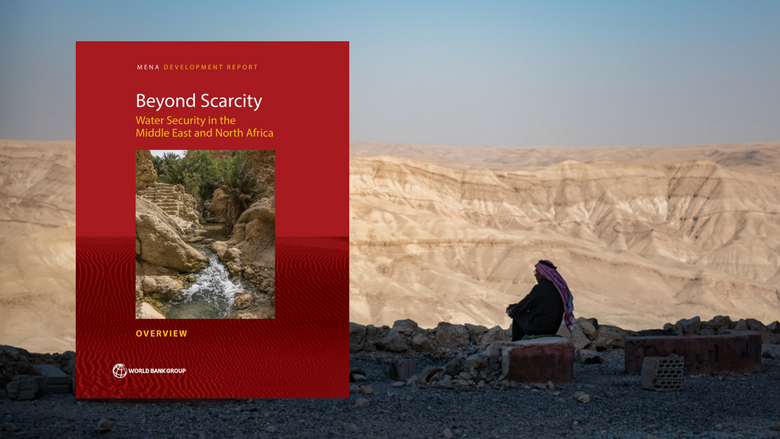Djibouti is a small country in which more than 23% of the population lives in extreme poverty. With less than 1,000 km2 of arable land (0.04% of 23,200 km2) and an average annual rainfall of 5.1 inches, Djibouti has a chronic food deficit and is totally dependent on imports to meet its food needs. As such, it is highly sensitive to external shocks such as spikes in food and fuel prices and natural disasters such as floods and droughts. Djibouti’s economy is dependent on foreign financing, Foreign Direct Investments, rents from foreign countries’ military bases, and port services, which capitalize on both the strategic position at the southern entrance to the Red Sea and as Ethiopia’s main import-export route.
Port activities, transport service, and constructions are the driving force of growth. GDP growth is estimated at 6.5 percent in 2016, primarily driven by transport activities, continued capital-intensive activities in port development, and the constructions of the railway to Ethiopia and a new free zone (that was inaugurated on January 3, 2017). Inflation accelerated up to 3.5 percent in 2016 from 2.6 percent in 2015, spurred mainly by demand for housing and services. Fiscal and external deficits are estimated to have improved in 2016, respectively to 15.7 percent of GDP in 2016, from 21.9 percent in 2015 and to 105 percent of GDP in 2016, from 120 percent in 2015, given the softening of capital expenditures and related imports, as the infrastructure projects near completion. FDI remained strong in 2016, estimated at 9.1 percent of GDP, compared to 7.2 percent in 2015, stimulated by industrial development in the new free zone and operations of the newly constructed railway. The banking sector remained weak with deteriorating loan portfolio of commercial banks and rising nonperforming loans (NPLs). The ratio of NPLs to total loans increased from 14 percent in 2013 to 23 percent in 2016. The authorities attribute this to the introduction of stricter loan classification requirements. Nevertheless, foreign reserves remain sufficient for broad money and currency board coverage.
Poverty and unemployment remain a big concern in Djibouti. The most recent national extreme poverty rate was 23 percent in 2013, with rural areas showing higher rates (44 percent). Unemployment remains widespread with the rate reaching 39 percent in 2015 according to official estimates. The rate is higher among women (49 percent) and in rural areas (59 percent). Meanwhile, the labor force participation rate is less than 25 percent.
Last Updated: Apr 01, 2017






